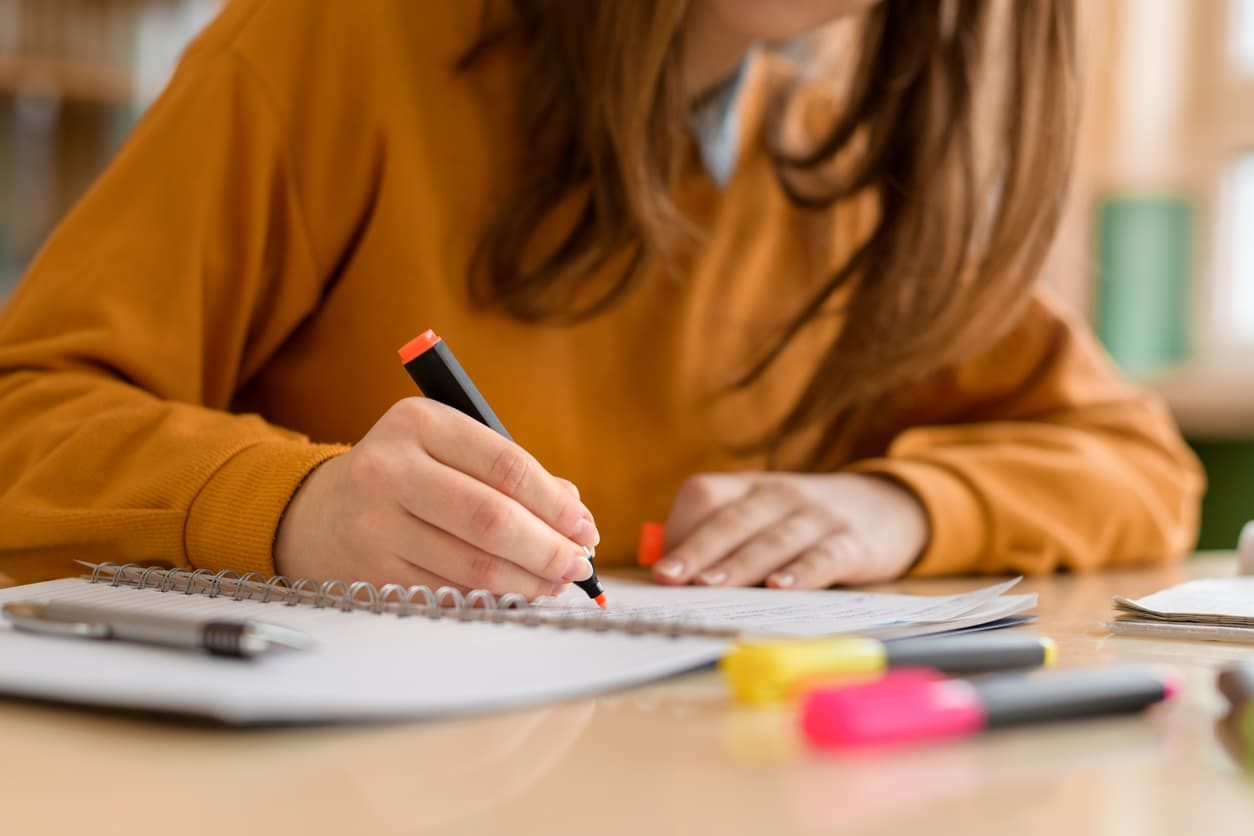Memory strategies: how to improve your retention capacity
Do you always rely on GPS to get around? Would you forget everyone's birthday if it weren't for Facebook alerts? Do you need to search the internet for that actor's name you've forgotten when you recommend a film to a friend? While it's true that technology makes life easier in so many ways, this constant reliance on digital tools means we don't use any of the memory strategies that give us mental agility.
This is what’s known as the "the Google Effect” - endless and instant support from technology that, in turn, reduces people's cognitive flexibility, i.e., the ability of our memory to retrieve stored data. In fact, according to an investigation published in World Psychiatry magazine, conducted by American, Australian and European scientists, new technology is affecting our attention spans, memory processes and social cognition.
The problem with the on-the-spot help of the internet is that it atrophies our ability to connect ideas, gain a global perspective of the world, make appropriate decisions and solve problems. That's why it's still vital to exercise your memory and maintain neuroplasticity. Want to learn some memory strategies to train your brain? Here we explain which techniques are best for improving retention.
How does the brain work when it comes to memorising?
Before putting memory strategies into practice, you should be aware that there are two types of memory:
- Working or operational memory: this is your short-term memory. It works like the RAM on a computer. In other words, the information is stored temporarily on the computer as long as it's not turned off. Thanks to the working memory, you can remember what the person you're speaking to has just said and hold a conversation about it, write down instructions immediately after your boss has explained the project, or connect certain concepts to others to facilitate learning, reasoning, understanding and problem solving.
- Long-term memory: following our analogy, this would be the computer's hard drive. This is where all the data, which has previously been processed by the working memory, are stored permanently.
However, it's important to note that not all of the information processed by our working memory will be filed away in our long-term memory, because the brain tends to get rid of any information it doesn't deem necessary. In fact, according to the forgetting curve theory formulated by the German psychologist Hermann Ebbinghaus, after one hour, half of what you have learned is forgotten. A day later, you will only remember 30% of the information, and within a month, the stored data won't exceed 10%.

Memory strategies: how to remember better using all five senses
Do you find it just as easy to remember an infographic as a plain text? Not all memory strategies have the same effect on retention. In this sense, the American educator Edgar Dale, in his book Audiovisual Methods in Teaching revealed what is called the 'cone of experience' or learning pyramid, a theory that stresses that we better remember things we have experienced or put into practice for ourselves.
Similarly, a study by Rockefeller University shows that people remember up to 35% of what they smell, compared to 5% of what they see, 3% of what they hear, and just 1% of what they touch. So, despite the senses being a key factor in triggering our memory and retaining information in a more efficient way, not all of the senses have the same power to evoke memories.
How do our senses influence memory strategies?
- Smell: did you know that you can differentiate up to 10,000 distinct scents? Our sense of smell is directly linked to the reptilian brain, a primordial part of the mind that is responsible for instinct and survival. Consequently, smells evoke lasting memories of events that have had a huge impact on us. That's why creating connections between what you smell and what you study can be a great way to boost your memory.
- Sight: on average, the human eye can retain between 7 and 12 stimuli or items for about 250 milliseconds. Beyond this, it filters them out and, to a large extent, eliminates them. Conversely, iconic sensory memory tends to store information featuring emotional components or that the brain considers useful. That's why using visual memory strategies, such as mind maps, diagrams or timelines, boosts our ability to retain information. According to Dr. John Medina in his book Brain Rules, within three days of listening to a piece of information you will only remember 10%, but if you associate an image with it, you will retain 65%.
- Touch: the prick of a cactus, the sensation of touching water or the tingling of a caress stem from what is known as haptic memory. When it comes to our sense of touch, the hands play a fundamental role in implementing the memory strategies: touching something with your fingers creates a sensation that lasts eight seconds, while the same tactile perception with another part of the body reduces it to just three seconds.
- Hearing: this isn't the most developed of our senses if we're talking about memory, because our hearing is accustomed to being exposed to a lot of sounds and words every day. In fact, memory linked to hearing, a.k.a. echoic memory, is much shorter than haptic memory: it retains audio stimuli for around 100 milliseconds.
Yet there is one acoustic subgroup with special memory power: tunes. When you listen to music, your brain's pleasure centre kicks in, releasing dopamine. If, in addition, the song stirs your emotions by association with a specific time in your life, your long-term memory will be activated. That's why we are able to remember the full lyrics of a song, and how people with Alzheimer's can remember a tune from their youth. As various studies have shown, listening to cheerful songs helps you to get more work done in less time.
- Taste: when you eat, neurons that respond to the flavours of your food are activated in the brain, and in many cases, these flavours can evoke deep memories. Hence Proust delving into his childhood with a simple Madeleine sponge cake.
Eating a balanced diet is key to being productive in your study time, but lunchtime is also a good opportunity to hone your memory strategies and exercise your brain: for example, try to identify the ingredients or link the taste to moments from the past, etc.

Ultimately, the brain is like a muscle, so the more you train it, the better it will perform. That's why it's vital to work on your neuroplasticity, to be able to continue learning new things. Do you want to learn how to trigger your students’ memory to make the learning process more efficient?
Do you want to develop professional skills that will help you access better job opportunities? Discover Santander Open Academy, the training space you need to keep growing.
Join our global platform for learning and professional development and access courses at zero cost, training content in a wide range of formats and scholarships from leading universities and institutions.
If, like us, you believe that we should never stop learning, sign up here and find out what we have for you!
More posts to read...
-

-
 29/09/2025 | Santander Universidades
29/09/2025 | Santander UniversidadesLearning English: the key to better job opportunities
Card text

